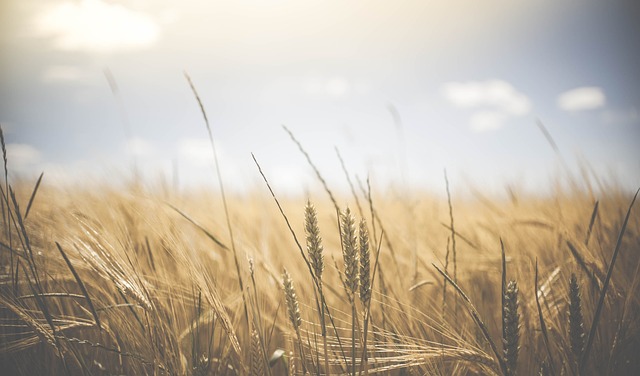
A scientific team led by Ainhoa Magrach, Ikerbasque researcher at the Basque Center for Climate Change (BC3) and with the participation of the Doñana Biological Station – CSIC has determined in a new study that agricultural landscapes with more diversity of crops and smaller field sizes, especially those that depend on pollinators, have a higher production than those with less diversity and of a larger size. The article has been published in the Journal of Applied Ecology.
To reach this conclusion, the team has analyzed a unique data set, the result of the Survey on Surfaces and Crop Yields (ESYRCE), by the Ministry of Agriculture, which includes the annual monitoring of 12,300 permanent plots of 25 hectares located in different parts of Spain. The data analyzed range from 2001 to 2019.
"Despite the fact that biodiversity conservation and crop productivity seem incompatible, agricultural landscapes represent important opportunities for biodiversity conservation outside of traditional protected areas" explains Ainhoa Magrach, Ikerbasque researcher at BC3. With these data, the team has shown that there are potential synergistic strategies that are good for both biodiversity conservation and crop yield increases.
Recent studies have shown that increased field sizes and reduced crop diversity, practices associated with agricultural intensification, have a negative effect on biodiversity. But these practices would also be less productive, contrary to what it might seem. “We have discovered that agricultural landscapes with more crop diversity and smaller field sizes have higher production, especially in crops that depend on pollinators” explains Bartomeus, a researcher at the Doñana Biological Station – CSIC. "That's because more margins and more diversity of management practices help populations of beneficial insects thrive."
These organisms, on which many crops depend to produce fruits, have different requirements throughout their life cycle, so landscapes that have a great heterogeneity of crops seem to be beneficial for them in terms of resource availability and, therefore, they could also be for the yield of agricultural production. In many cases, a decrease in the size of fields is also accompanied by an increase in the density of areas of grass and hedgerows, habitat of the most important wild pollinators. Furthermore, smaller crop fields would also benefit the ability of pollinators to feed on crop fields since distances to nests, located outside the fields, are shorter.
"By reconciling the experimental results that biodiversity can help crop production with real data at the Spanish level, we open the door to changing the way we grow food and making a transition to more sustainable agriculture," says Bartomeus. This study could help improve the administrative measures promoted, for example, by the European Union through the Common Agricultural Policy (CAP), whose measures tend to favor an increase in crop sizes, and promote conservation practices that do not conflict with yield production, such as decreasing field sizes and increasing crop diversity in agricultural landscapes. "This study shows how important it is to accurately measure agricultural processes and not rely on sensations, since the data can help us decide which strategies we should follow in the future" concludes Magrach.
Bibliographic Reference
Ainhoa Magrach, Ángel Giménez-García, Alfonso Allen-Perkins, Lucas A. Garibaldi, Ignasi Bartomeus. Increasing crop richness and reducing field size provide higher yields to pollinator-dependent crops. Journal of Applied Ecology. https://doi.org/10.1111/1365-2664.14305.
.png)
